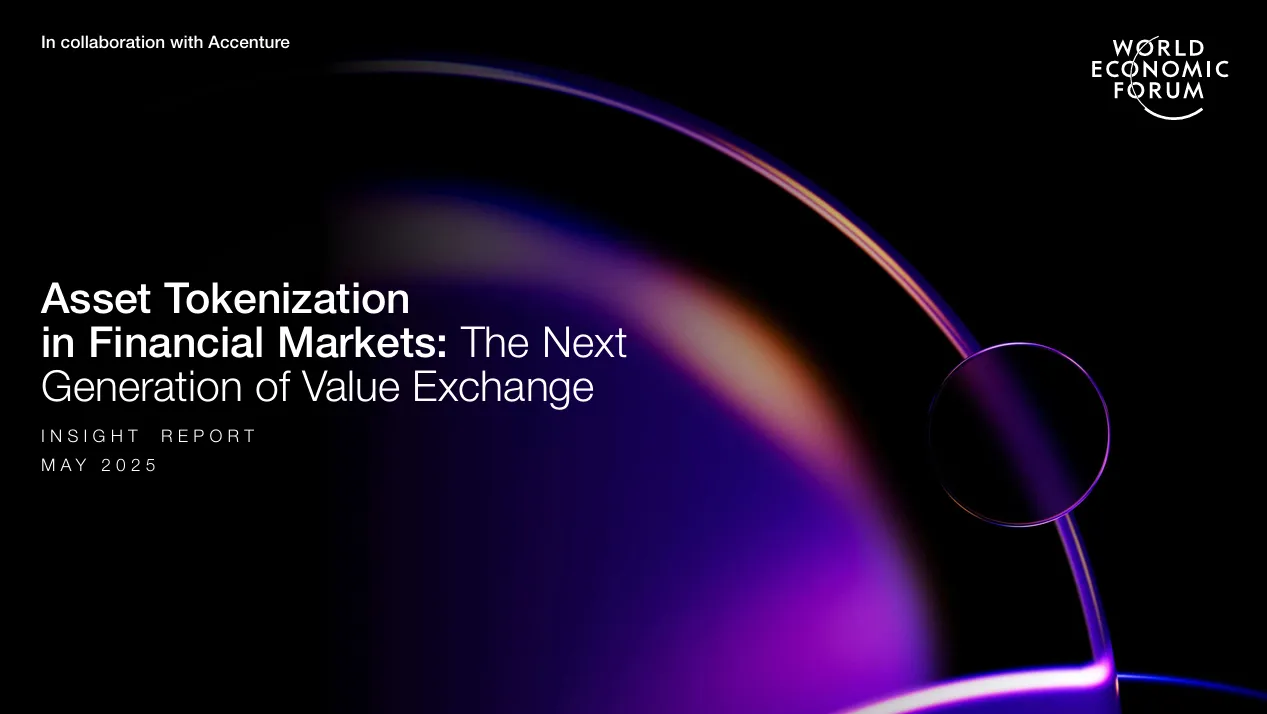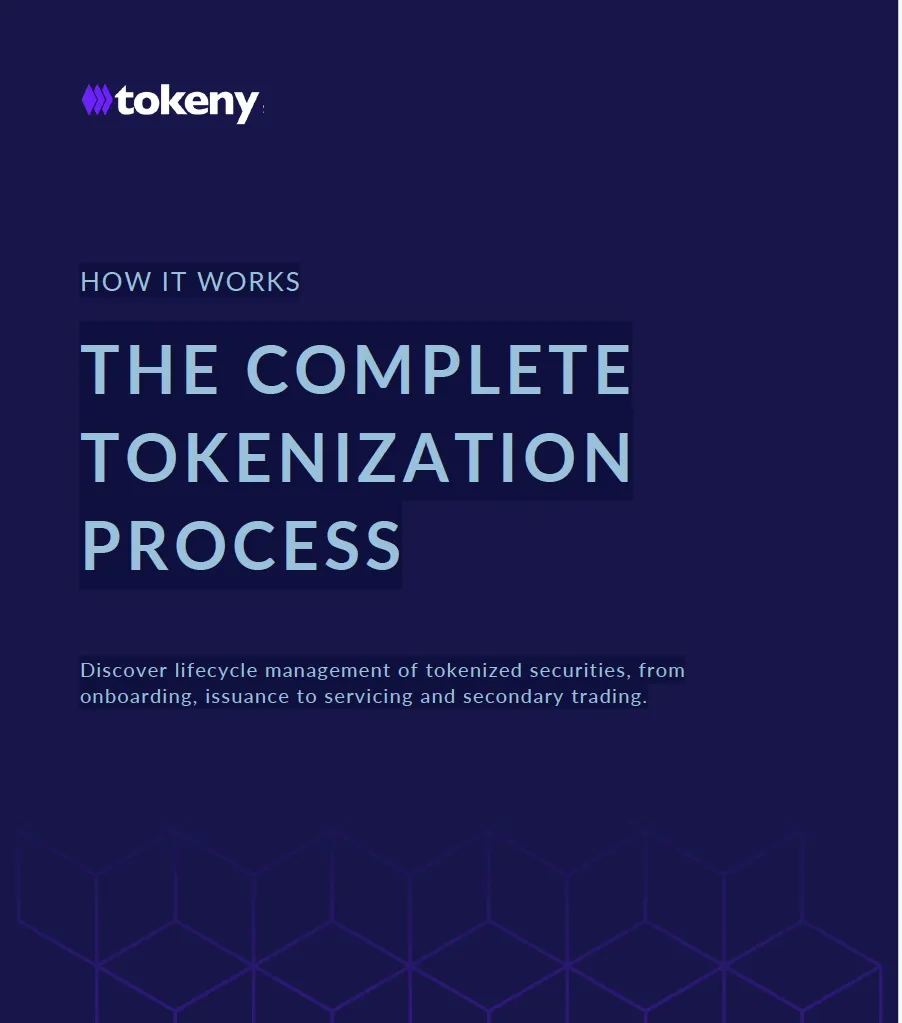Executive Summary
The International Organization of Securities Commissions (IOSCO) presents a robust set of 18 policy recommendations to enhance the regulation of crypto and digital assets at a global scale. These recommendations provide a clear, principles-based and outcomes-focused framework aimed at harmonizing regulatory practices across jurisdictions, addressing key risks that affect market integrity and investor protection in the crypto-asset space.
Under the guidance of the IOSCO Board's Fintech Task Force, these recommendations target the wide array of activities performed by Crypto-Asset Service Providers (CASPs) and propose the application of IOSCO's well-established standards for securities market regulation. Importantly, they take an 'activities-based' approach using a 'lifecycle' framework that addresses the complete range of activities - from offering and trading to custody and market surveillance - that are typically engaged by CASPs in the crypto-asset markets.
Moreover, IOSCO seeks to harmonize approaches between different jurisdictions, considering the cross-border nature of crypto-asset markets. This is complemented by a separate focus on decentralized finance (DeFi), with upcoming guidelines expected to create an umbrella framework to govern these interconnected spaces. The overall direction aims to curb potential harm to retail investors while fostering innovation within a stable and secure financial ecosystem.
This executive summary underscores IOSCO's commitment to creating a coherent regulatory environment that aligns the rapidly evolving crypto-asset market with existing global financial standards, offering both protection for investors and a level playing field for market participants.
Regulatory Outcomes: A New Era of Consistency
Regulations across crypto-asset markets are stepping into a transformative new era. The International Organization of Securities Commissions (IOSCO) is taking the lead, offering 18 Recommendations that aim to bring about a fundamental shift in how these assets are regulated. These policy suggestions are all about instilling a sense of global uniformity. A comprehensive array of recommendations designed not just to regulate but to standardize the outcomes expected from crypto-asset markets. With IOSCO's Recommendations, markets anticipate a robust set of common standards ready to tackle the challenges of the evolving crypto landscape. From addressing conflicts of interest due to vertical integration by crypto-asset service providers (CASPs) to mandating transparency through enhanced disclosures.
All Regulators, Rise to the Call!
The foundation of these Recommendations is a rallying cry to regulators everywhere: let your outcomes be standardized and your regulatory frameworks be harmonized! Regulatory bodies are encouraged to develop frameworks that echo the same rigorous oversight given to traditional financial markets. Disparate approaches lead to regulatory gaps and inconsistent market practices—a risk IOSCO is determined to address through comprehensive regulation that transcends borders and technological boundaries.
Consistency is Currency
The essence of these Recommendations recognizes that crypto markets do not exist in isolation. They are integral components of a larger economic ecosystem, operating both as alternatives to their traditional financial market counterparts and as occupants of spaces characterized by unique risks. By urging regulators to see past the complex technological aspects of crypto-assets and focus on their economic substance, IOSCO encourages a principles-based approach that prioritizes outcomes. Regulators, by achieving uniformly consistent outcomes, push back against the challenges of regulatory arbitrage.
Weaving Crypto into the Fabric of Traditional Financial Guidelines
The Recommendations emphasize the importance of evaluating whether crypto-assets function as financial instruments. The responsibility then falls upon regulators to determine whether financial markets, already established with comprehensive guidelines for investor protection and market integrity, are prepared to incorporate crypto-assets within their regulatory frameworks. This integration is intentional, creating a cascading effect where regulators can no longer permit crypto-assets to exist in regulatory vacuums, isolated from their potential impacts on global financial systems.
The Symphony of Cooperation
Establishing a collaborative network, IOSCO aims to address the cross-border nature of these digital assets—those crypto-assets that transcend national boundaries and jurisdictions with remarkable ease. Enhanced cooperation is positioned as the new standard, embracing the principle of 'same activity, same risk, same regulation.' As information flows seamlessly and cooperative efforts bridge jurisdictions, the objective is to achieve a harmonized regulatory symphony across international markets. This creates a world where no CASP operates beyond the reach of appropriate regulatory oversight.
Governance and Disclosure in Crypto Markets
The comprehensive framework from the International Organization of Securities Commissions (IOSCO) emphasizes the evolving landscape of crypto-asset services, highlighting the pressing need for robust governance and transparent disclosure. As the crypto-asset industry matures, it becomes increasingly critical to address conflicts arising from vertically integrated business models, where a single entity performs multiple roles, potentially leading to significant conflicts of interest.
Organizational Governance
Many Crypto Asset Service Providers (CASPs) operate under vertically integrated models, performing a range of functions such as brokerage, market-making, and proprietary trading under one organizational structure. This configuration can lead to substantial conflicts of interest, especially when the same entity engages in trading activities that may conflict with client interests. To mitigate such risks, Recommendation 2 underscores the need for robust organizational governance frameworks. It advocates for clear segregation of roles and functions, possibly through legal and structural separation, to manage these conflicts effectively and maintain market integrity.
Disclosure of Conflicts
The regulatory framework stresses the necessity for CASPs to provide transparent disclosures about their various roles and potential conflicts of interests. Recommendation 3 mandates that CASPs accurately disclose each function they perform, ensuring clients understand the capacity in which services are provided. This disclosure is particularly critical in markets where CASPs might engage in proprietary trading while simultaneously providing brokerage and market-making services, which can obscure whether clients are receiving fair and impartial treatment.
Why Governance Matters
These enhanced governance and disclosure measures are designed to build investor trust, enhance market integrity, and ensure that cryptocurrency markets meet standards comparable to traditional financial markets. By emphasizing transparency and accountability, IOSCO is guiding the industry towards practices that not only align with global regulatory standards but also protect investors from potential abuses and market manipulation.
These initiatives reflect IOSCO's broader objectives to provide a structured approach that encourages innovation while maintaining robust investor protections and market fairness. As crypto-assets continue to proliferate and gain mainstream adoption, such regulatory recommendations will play a pivotal role in determining how these markets evolve and mature in the coming years.
Order Handling and Trade Disclosures
Introduction to Fair Trading Practices
The world of crypto trading presents unique challenges that require careful regulatory attention. Understanding the processes of order handling and trade disclosures is crucial, as outlined in the fourth and fifth recommendations of IOSCO's comprehensive regulatory framework. These recommendations aim to bring clarity and fairness to what can often be opaque trading environments.
Recommendation 4 – Client Order Handling
Fair treatment of client orders represents a cornerstone of market integrity. Recommendation 4 aims to ensure that when CASPs act as agents, they maintain systems designed to handle all client orders fairly and equitably. This framework is specifically designed to prevent front-running—a practice where orders are placed ahead of a client's order for unfair advantage—and to provide transparency regarding handling and execution methodologies. The recommendation recognizes that fairness extends beyond mere compliance; it forms the fundamental basis of trust in any financial market.
The implementation of robust order handling procedures ensures that clients receive appropriate execution of their trading instructions, regardless of order size or market conditions. This creates a more level playing field where all market participants can have confidence in the integrity of trade execution processes.
Recommendation 5 – Market Operation Requirements
Transparency in cryptocurrency transactions remains a critical concern for market participants and regulators alike. Recommendation 5 requires platform operators to significantly enhance their transparency standards. It emphasizes both pre-trade and post-trade disclosures, which are essential for promoting effective price discovery mechanisms. This requirement applies universally to all CASPs, regardless of whether they function primarily as exchanges or intermediaries.
Pre-trade transparency involves providing market participants with adequate information about available trading opportunities, while post-trade transparency ensures that completed transaction information is made available to support market analysis and regulatory oversight. These dual transparency requirements create an environment where market participants can make more informed decisions.
These regulations work collectively to align the crypto-asset trading environment more closely with traditional financial markets, ensuring consistency and creating a more level playing field for all participants. By demanding these transparent trading practices, clients become better informed, and the market itself becomes less opaque, leading to a more competitive yet fairer trading environment that benefits all stakeholders.
Custody and Asset Protection in Digital Asset Markets
Ensuring Safety and Security Through Custody Practices
The complex world of crypto-assets requires careful navigation, particularly when it comes to safeguarding client investments. However, at its core, ensuring the safety and security of client assets remains the paramount concern. The International Organization of Securities Commissions (IOSCO) establishes crucial recommendations to ensure that client assets receive appropriate protection through professional custody practices.
The Power of Segregation and Asset Handling
One of the most significant recommendations emphasizes the separation of client assets from those belonging to Crypto-Asset Service Providers (CASPs). This segregation functions similarly to maintaining separate safety deposit boxes at financial institutions, where individual client valuables remain distinct from all other holdings. This critical separation ensures that client assets remain protected from the CASP's own financial risks and potential business failures.
Proper asset segregation also extends to operational practices, requiring clear documentation and tracking systems that maintain the integrity of client holdings while preventing unauthorized commingling of funds or assets.
Transparency: Bridging Knowledge Gaps
Comprehensive transparency serves as a fundamental pillar of effective asset protection. Clients deserve clear insights into how their digital assets are held, managed, and safeguarded. Regulators should require that CASPs disclose in clear, concise, non-technical language exactly how client assets are protected. This includes providing detailed information about the use of independent custodians, explaining the risks associated with asset pooling, and providing complete accounts of all safeguards implemented to protect client holdings.
Effective transparency measures also include regular reporting to clients about their asset holdings, any changes in custody arrangements, and potential risks that may affect their investments.
Regular Reconciliation: The Financial Health Check
Regular reconciliation processes serve as essential financial health assessments for crypto asset holdings. CASPs need to frequently reconcile client assets with accurate, up-to-date records, ensuring any discrepancies are swiftly identified and addressed. Combined with independent third-party audits, these reconciliation processes help guarantee that digital assets remain precisely where they should be and are properly accounted for at all times.
Operational Resilience: Protecting Against the Unknown
The rapidly evolving digital landscape demands robust operational and technological risk management capabilities. This requires establishing resilient operational frameworks designed to protect against unexpected cyber-attacks, system failures, or other operational disruptions. It is essential for CASPs to implement comprehensive measures that are regularly reviewed, tested, and updated, securing their systems against unpredictable threats while maintaining continuous service availability.
Stablecoins: Navigating With Appropriate Guidance
Stablecoins function as instruments of stability within the volatile cryptocurrency ecosystem. However, their stability depends entirely on the quality and security of the reserve assets backing them. Proper disclosure and secure custody of these reserve assets are crucial components of stablecoin regulation. By understanding the unique risks stablecoins present—from liquidity challenges to questions about reserve sufficiency and transparency—clients and regulators can navigate the digital asset landscape with greater confidence and security.
The comprehensive approach to custody and asset protection reflects IOSCO's commitment to creating a regulatory environment that protects investors while supporting the continued development and adoption of digital asset technologies.








